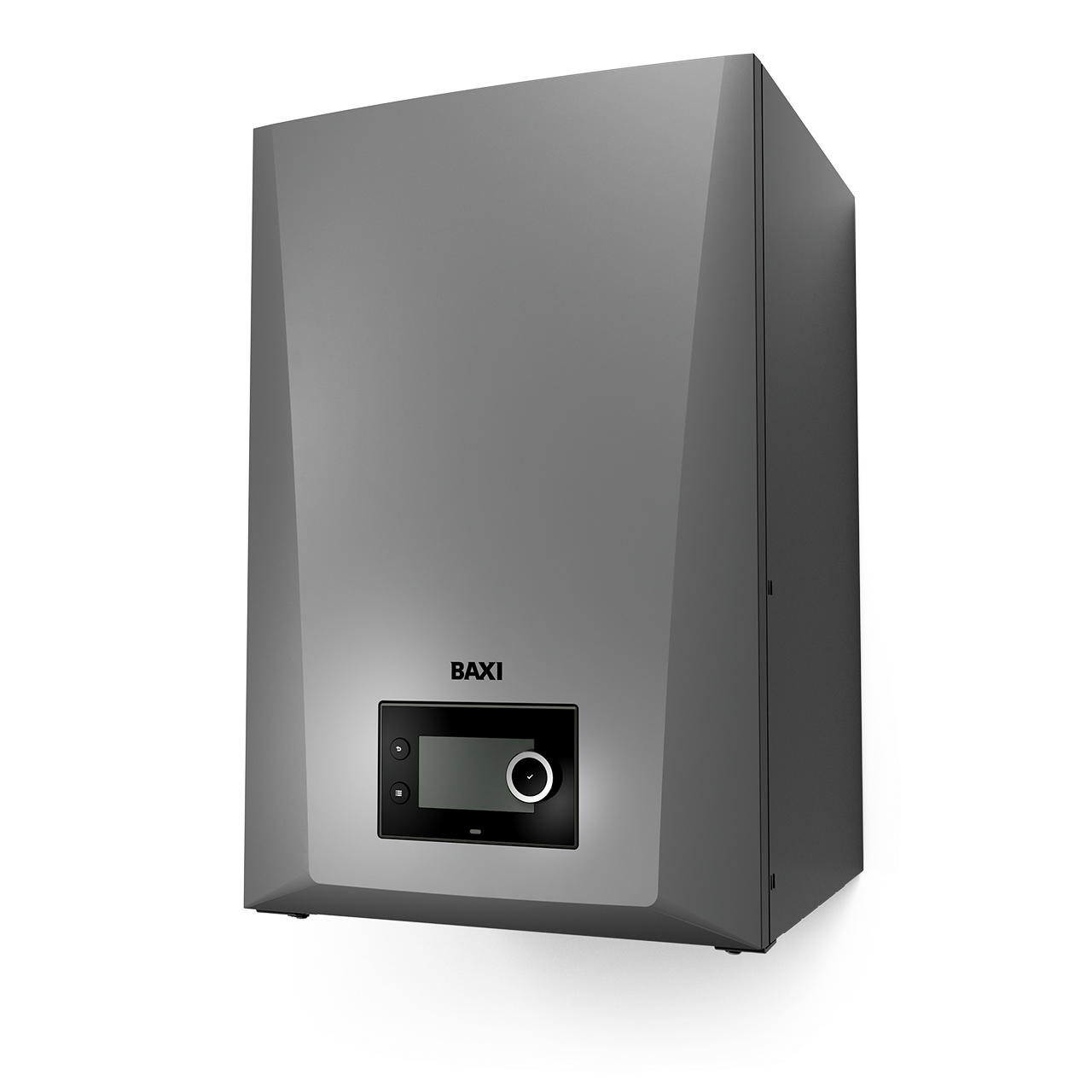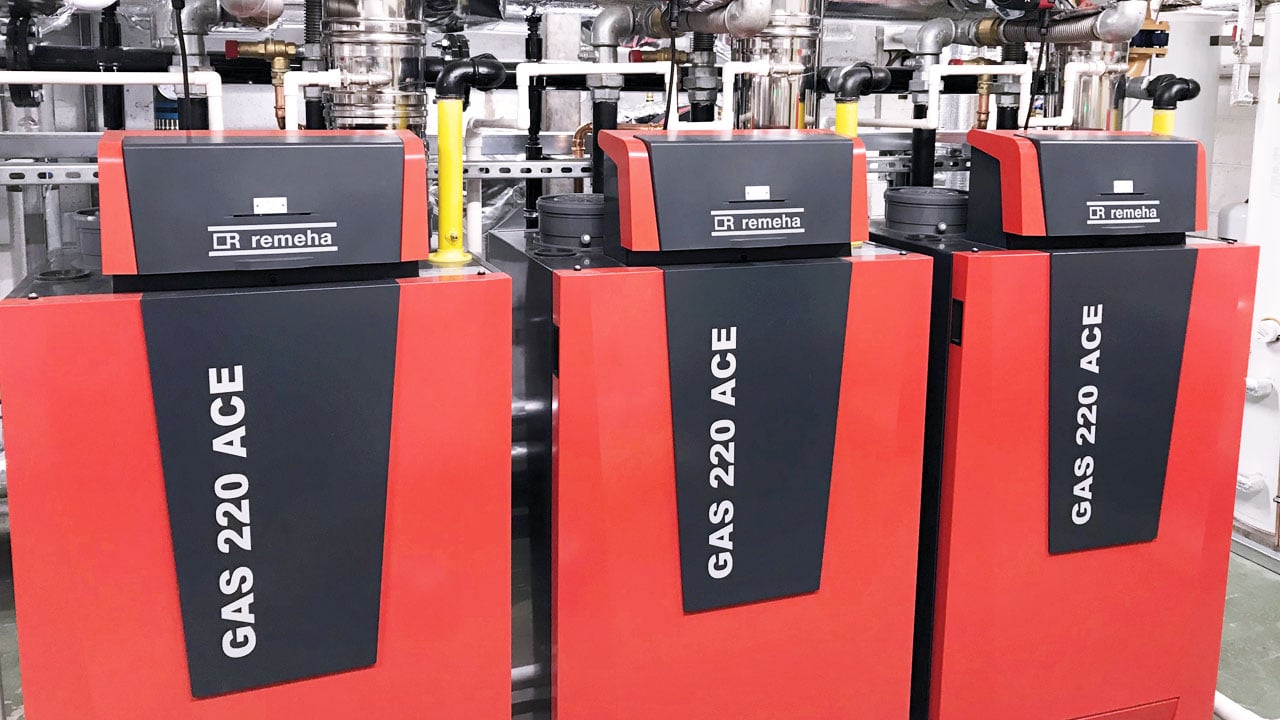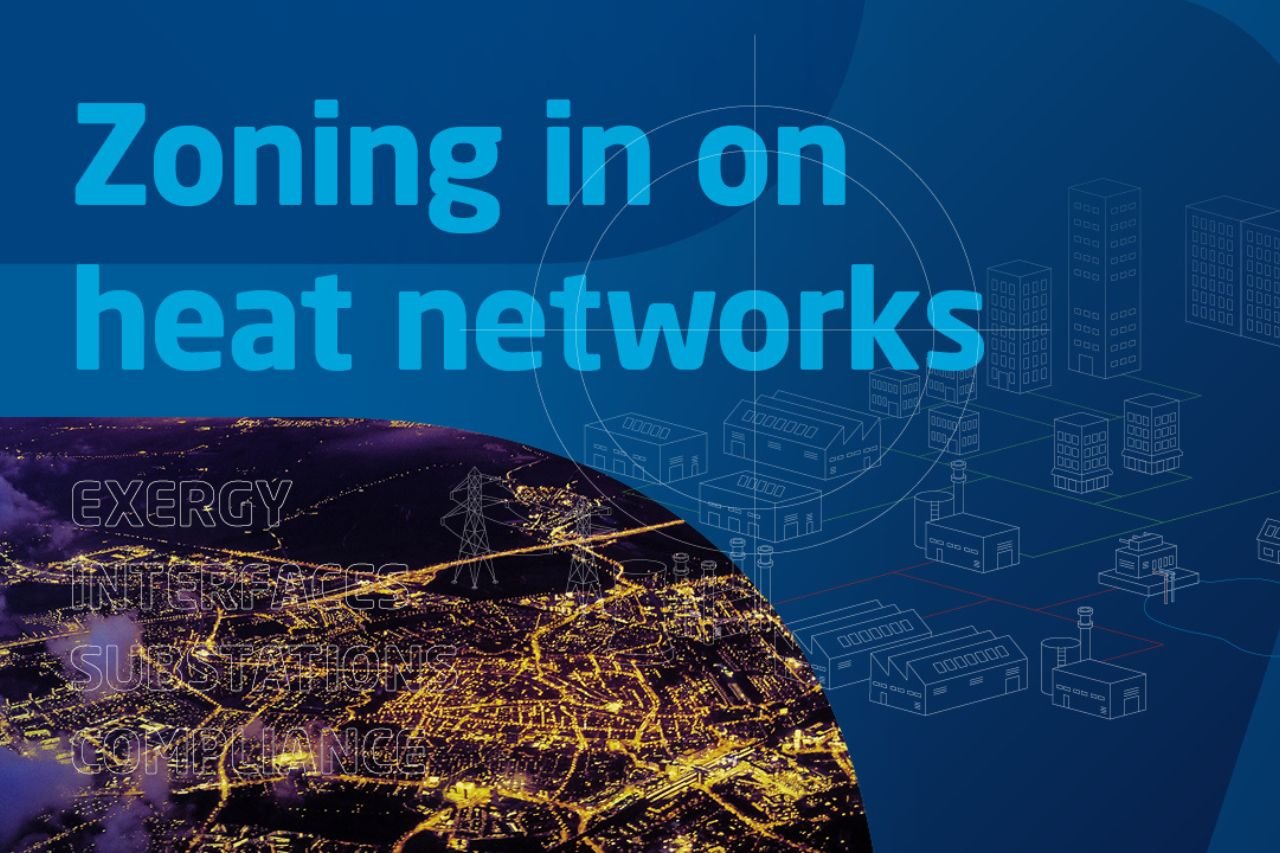This CPD presentation focuses on heat networks. It explores the implications of government targets on the residential sector, draws lessons from past network developments. It discusses the difference between energy and exergy and how they affect network efficiency. It reviews various interface types, and evaluates substation applications. Finally, it outlines key design and installation considerations critical to the effective implementation of heat networks.
By the end of this course, you will understand:
- The potential impact of government policy on heat networks
- Key lessons from the past, including common pitfalls, successes, and best practices
- How we have to think differently about heat networks
- The importance of not just conserving energy but protecting exergy, to achieve more efficient and sustainable systems
- The different types of system interfaces and how correct selection enhances performance and user experience
- The role of substations in improving heat network reliability, efficiency, and scalability.
- How to identify critical design and installation considerations to ensure the long-term success, reliability, and compliance of heat network substations





